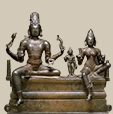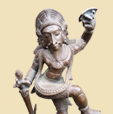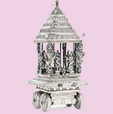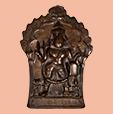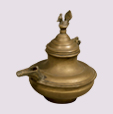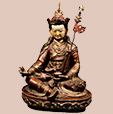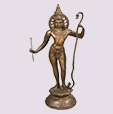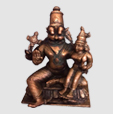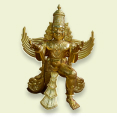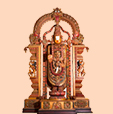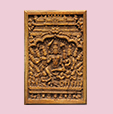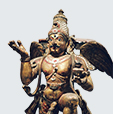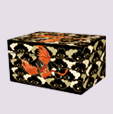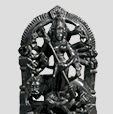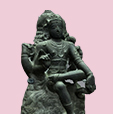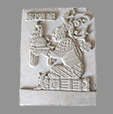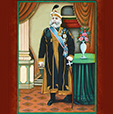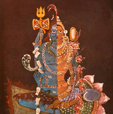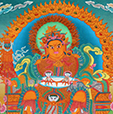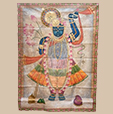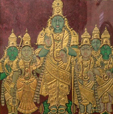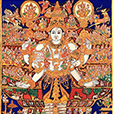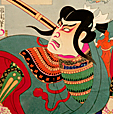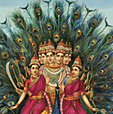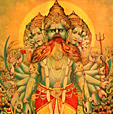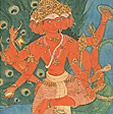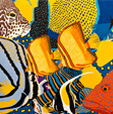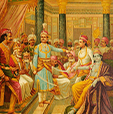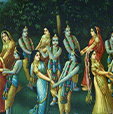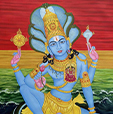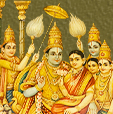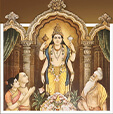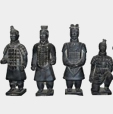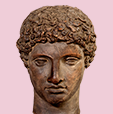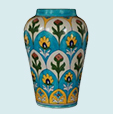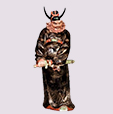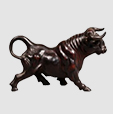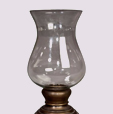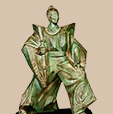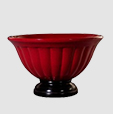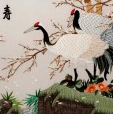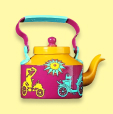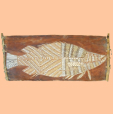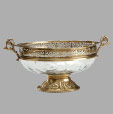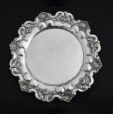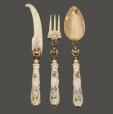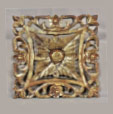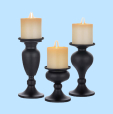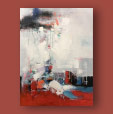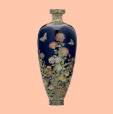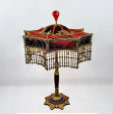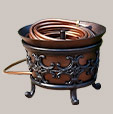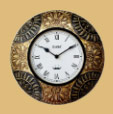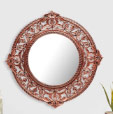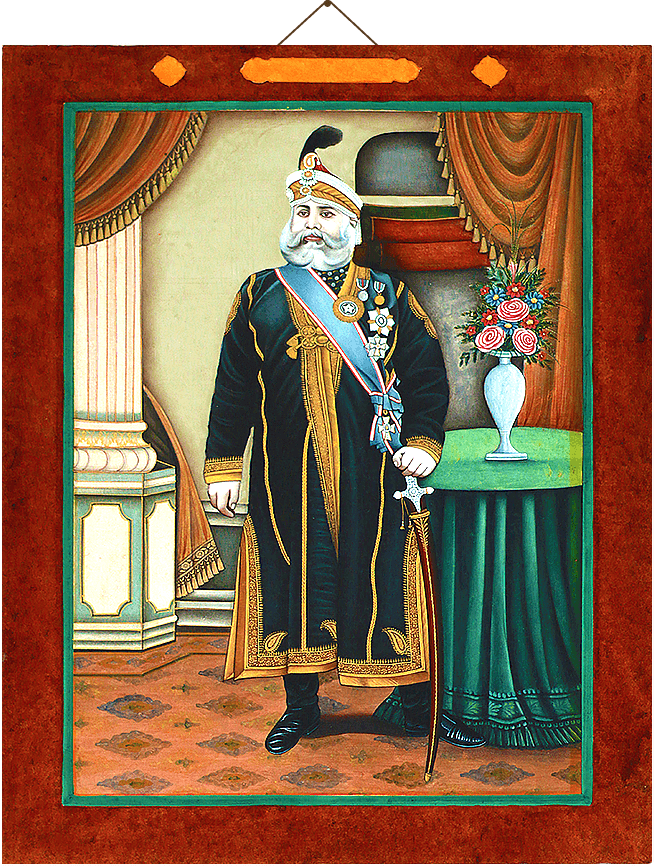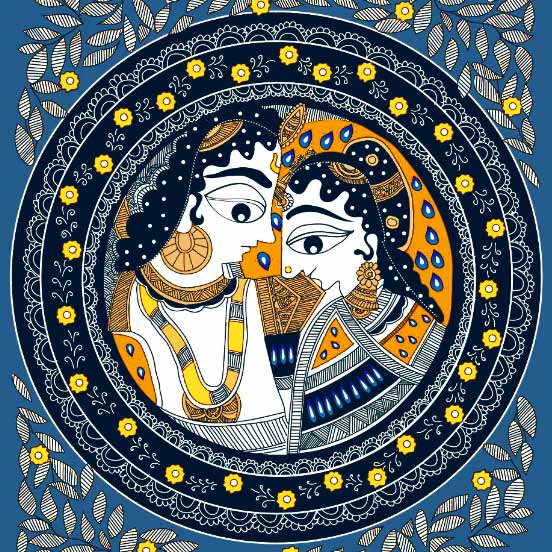
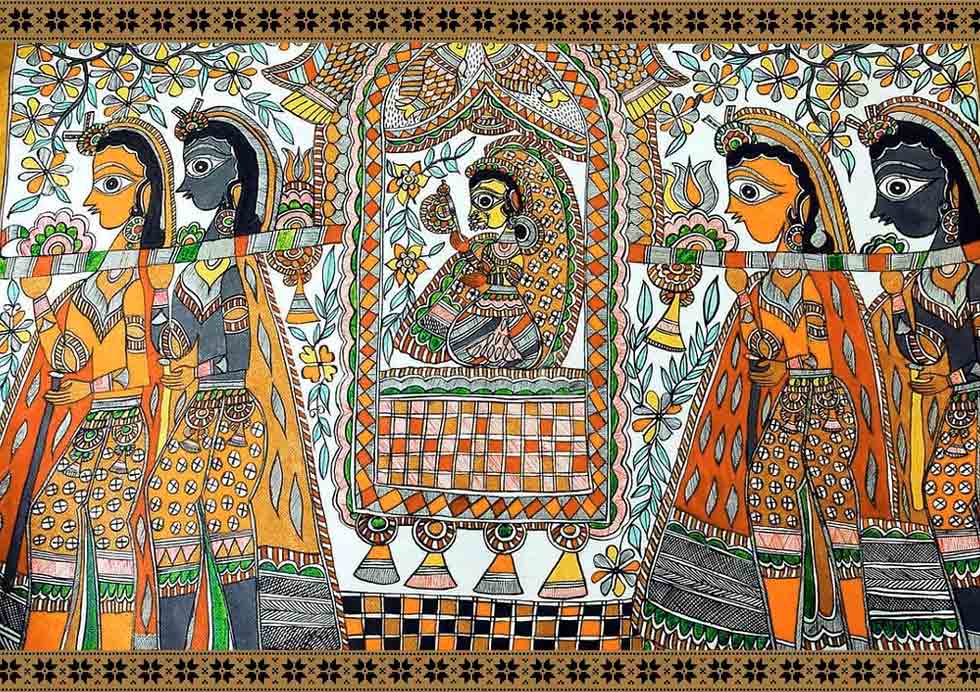
The name Madhubani itself exudes a sense of sweetness that is indicative of the unique details of these paintings. This traditional art form originated in the Madhubani district of Bihar and is distinguished by its rich colors, intricate patterns, and the meticulous process involved in creating these masterpieces. Madhubani paintings are not just beautiful but also carry with them a rich cultural heritage.
The art form has been passed down through generations and continues to captivate people with its intricate detailing and vibrant colors. From depicting mythological stories to capturing daily life and nature, Madhubani paintings are a visual treat that tells stories in their own unique way. Madhubani Painting, also known as Mithila Painting, is an ancient art form originating from the Madhubani district of Bihar. Initially practiced as wall paintings, it has now expanded to other mediums such as cloth, canvas, paper, wood, and even sarees.
Madhubani paintings are created on various auspicious occasions such as marriages and birth celebrations, and are known for their intricate motifs and symbolic messages. In this article, we will delve deeper into the fascinating world of Madhubani paintings, exploring their origins, styles, and the cultural significance that they hold.
Elevate your space with stunning, handcrafted watercolor paintings that capture the essence of beauty and creativity. Transform your walls into a vibrant gallery. Shop now!
Style And Forms Of Madhubani Paintings
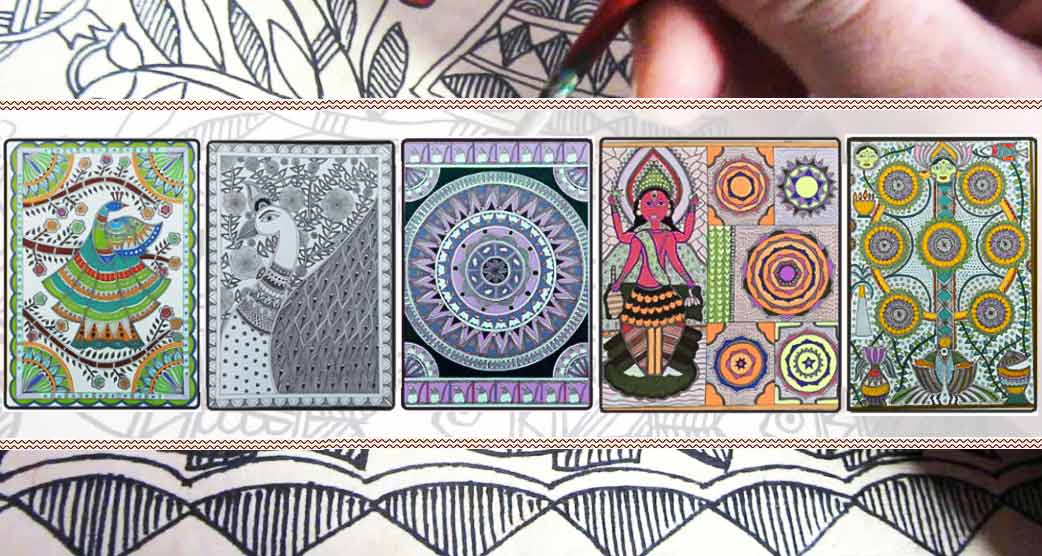
The art style was traditionally practiced by women and was considered a feminine form of art, but now it is practiced by both men and women. Madhubani art has found its way into contemporary art and is famous for its depictions of Hindu gods, goddesses, and mythological figures. The paintings are meticulously planned out, with every motif having a specific meaning behind it. Madhubani paintings have helped in spreading awareness about social issues such as deforestation.
The Paintings are Made in Five Different Forms
The art of Madhubani painting is renowned for its versatility, with different styles that showcase the unique characteristics of this art form.
- Bharni
- Kachni
- Godhana
- Tantric
- Kohbar
Bharni style employs vibrant colors with black outlines, while Kachni showcases intricate monochromatic line work. Godhana is a simplified style, while Kohbar is typically done during weddings. The Tantric style is influenced by religious beliefs and focuses on depicting gods and goddesses in an elaborate manner.
Traditionally, Madhubani paintings were created using natural colors sourced from various plants and flowers. For instance, green was made from bel leaves, orange from Palash flowers, and red and yellow from turmeric and pollen.
However, readymade colors are now more commonly used due to convenience and availability. Despite changes in the use of colors, Madhubani painting remains a significant cultural heritage of India, known for its intricate and captivating designs.
Making Process Of Madhubani Paintings
The process of creating Madhubani paintings involves several steps. First, the canvas is coated with cow dung and clay. It is done as the cow dung protects the paintings from insects.
The artist then sketches the design using a bamboo stick and natural colors made from plants and minerals.
Next, the artist fills in the details using a neem tree twig brush, applying colors in layers from light to dark. Once the coloring is complete, the painting is left to dry before outlining with black soot and cow dung to highlight intricate patterns and colors.
The process is time-consuming and requires skill and patience, but the result is a stunning piece of art that embodies India’s cultural heritage. The finished painting is then framed and ready for display or sale.
Wrap It Up
Madhubani Painting, which is also referred to as Mithila Painting, is an age-old art form originating from the Madhubani district of Bihar, India. This renowned art style is distinguished by its rich hues, elaborate motifs, and meticulous craftsmanship. Madhubani paintings are created on various surfaces and are famed for portraying Hindu deities, mythological characters, and glimpses of daily life and nature.
The paintings come in five different styles, namely Bharni, Kachni, Godhana, Tantric, and Kohbar. Although natural colors were traditionally used, readymade colors are now more widely used. The process of crafting a Madhubani painting involves numerous steps that require dexterity and patience. Nevertheless, despite the changing use of colors, Madhubani paintings remain a significant cultural treasure of India, celebrated for their intricate and captivating designs.
